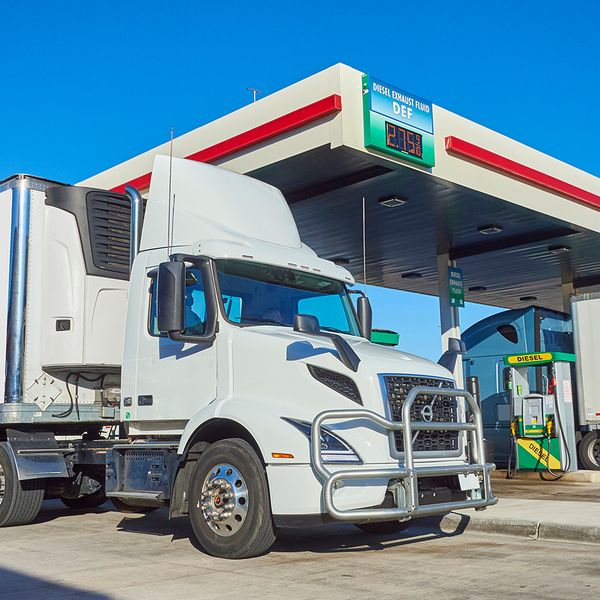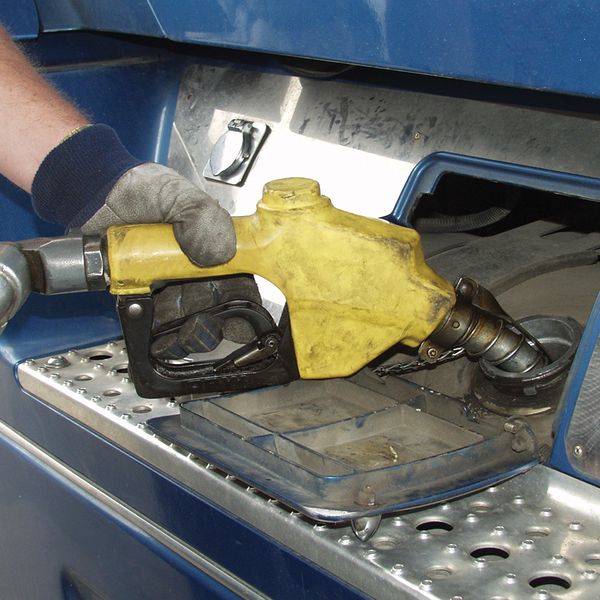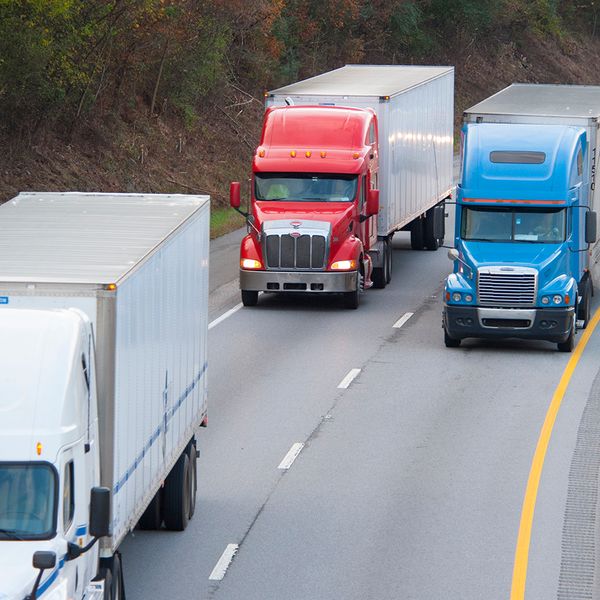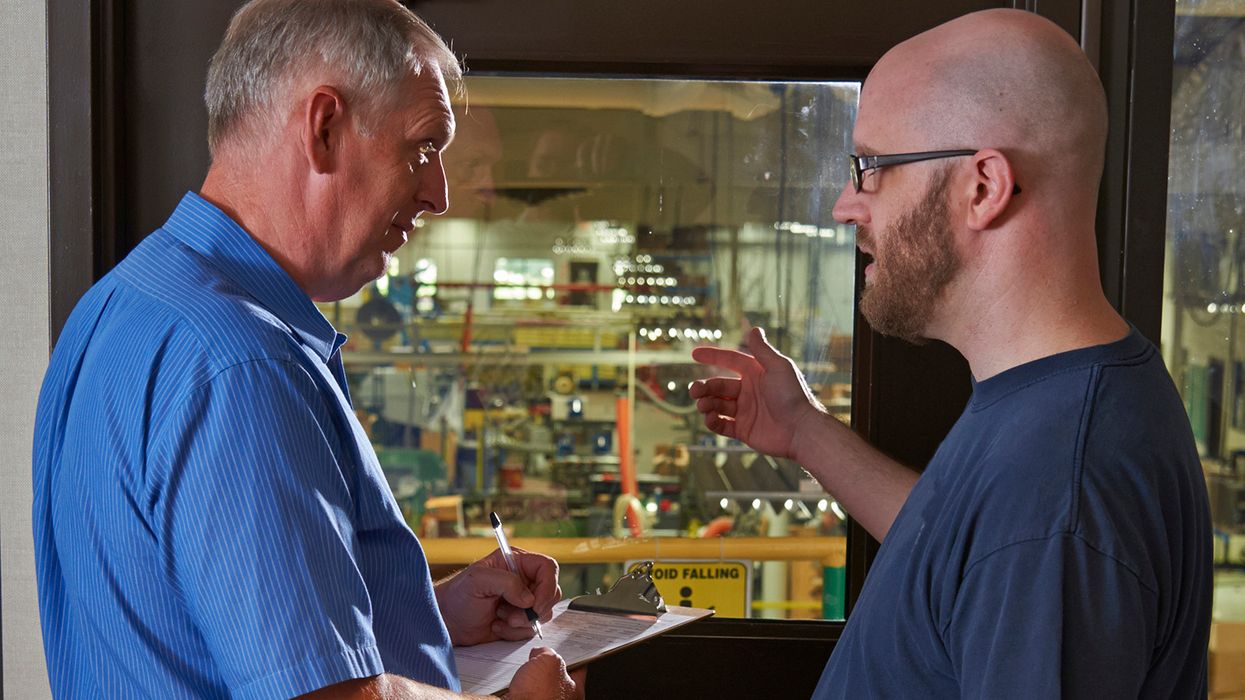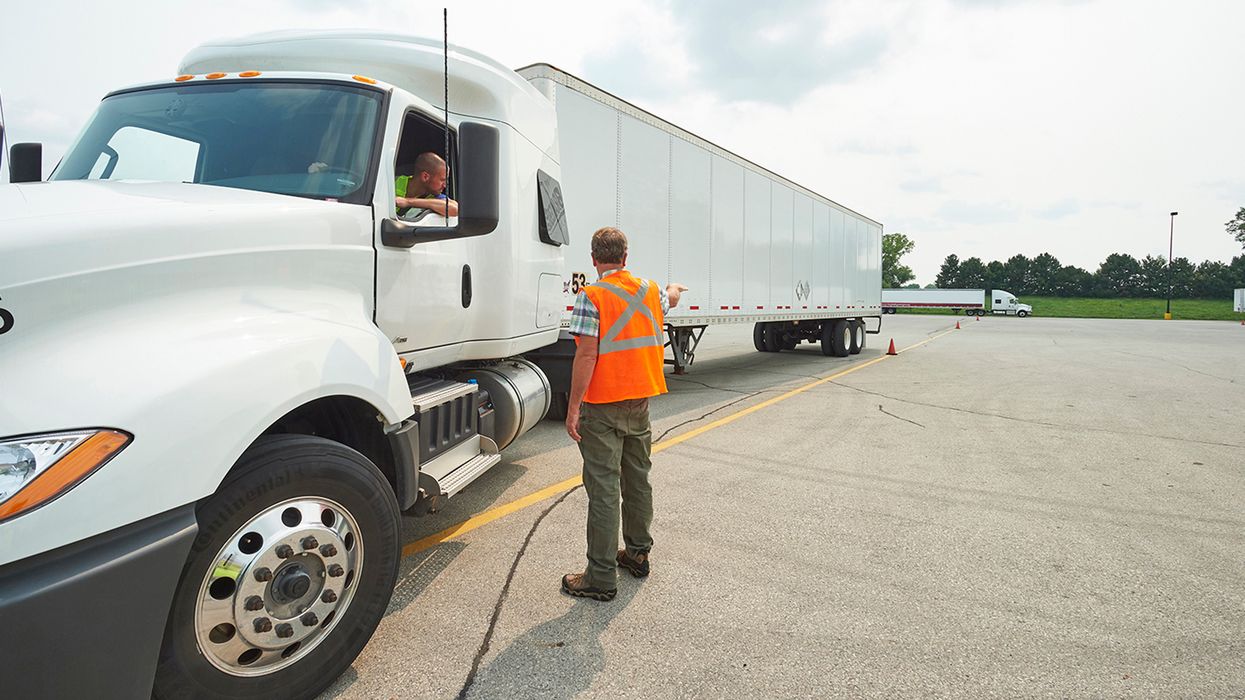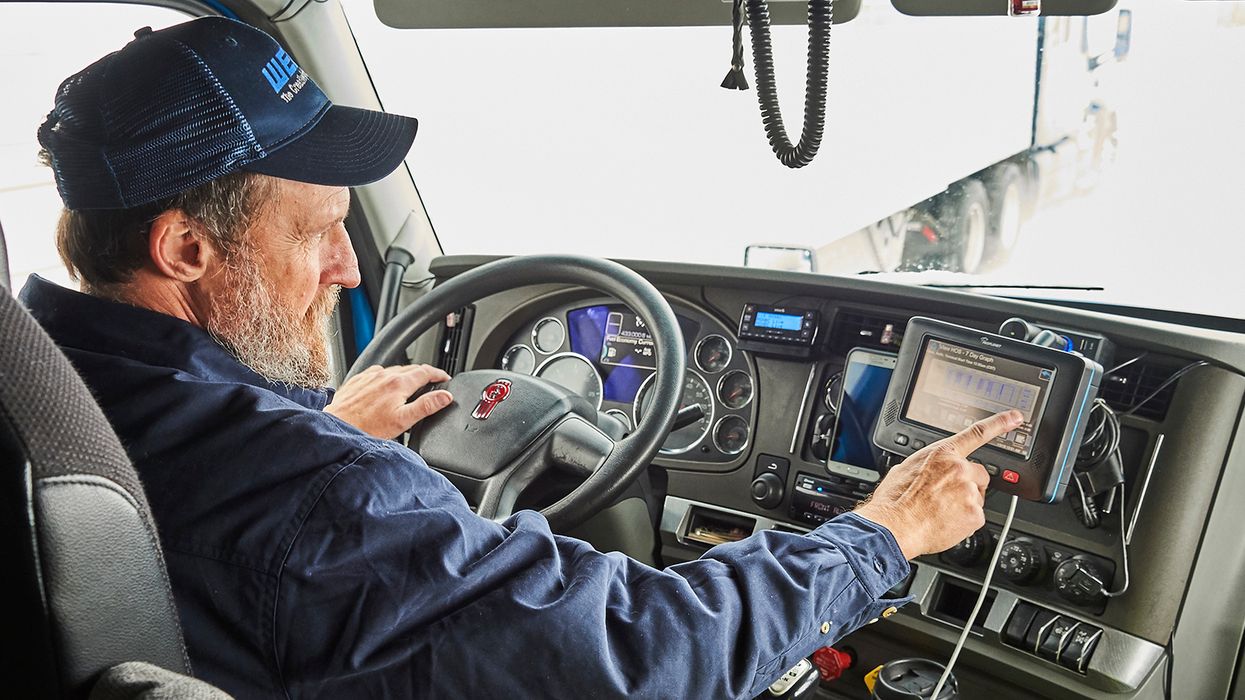Switching to CNG: Not as simple as just buying a CNG vehicle
With fuel prices at an all-time high and projected to stay there for the foreseeable future, many carriers are looking at switching to compressed natural gas (CNG). However, switching to CNG is not as simple as buying a CNG vehicle, or changing the fuel tanks, lines, and injectors on one of your existing vehicles. There is a lot more to it!
Vehicles
To use CNG, vehicles need to be built with a CNG fuel system. This means ordering them with CNG engine and fuel system, as opposed to gas or diesel. Retrofitting an existing gas or diesel vehicle is possible, but involves installing an approved retrofit system. Some engine manufacturers have developed approved CNG retrofits for specific “engine families.” These manufacturers must be contacted when considering retrofitting.
General information
Everyone who will be around the vehicles or answering calls related to the CNG vehicles will need a basic understanding of CNG and the system. Here are some facts about CNG:
- CNG is a colorless and odorless gas made up mostly of methane. The odor most people associate with CNG comes from the addition of an odorant, normally mercaptan.
- The gas is considerably lighter than air (a vapor density of 0.55 to 0.65) and will move upward if it escapes containment.
- It is not by itself toxic, but it will replace the oxygen in the air if it escapes containment in a confined space.
- The gas is flammable when it makes up approximately 5 to 15 percent of the atmosphere (too much or too little gas in the fuel/air mixture and it is not flammable).
- Like any other compressed gas, when CNG is compressed into tanks, the action creates heat. When it is released from tanks, it is cooled and cools the surrounding area.
Safety considerations
When working around CNG vehicles, especially during fueling and maintenance, open flames, smoking, etc., must be kept away from the area. If the vehicles will be maintained or stored inside, the building must be modified according to National Fire Protection Association or other applicable standards to avoid situations where escaping gas collects and detonates. Proper personal protective equipment should always be used, including safety glasses and gloves.
Driver training for CNG vehicles
Driver training will need to focus on:
- The hazards of CNG and the related safety precautions;
- CNG vehicle components including pressure tanks, fuel lines, pressure regulators, safety valves/mechanisms, manual shutoff valves, in-cab gas detectors, etc.;
- Safety procedures in case of a leak, release from a safety valve, or accident;
- Parking restrictions;
- Fueling locations and procedures; and
- Driving differences with a CNG vehicle (power compared to vehicles using liquid fuels, as well as range, temperature considerations, etc.).
Key to remember
CNG is becoming a popular alternative fuel. If you decide to jump into the use of CNG vehicles, prepare first!





